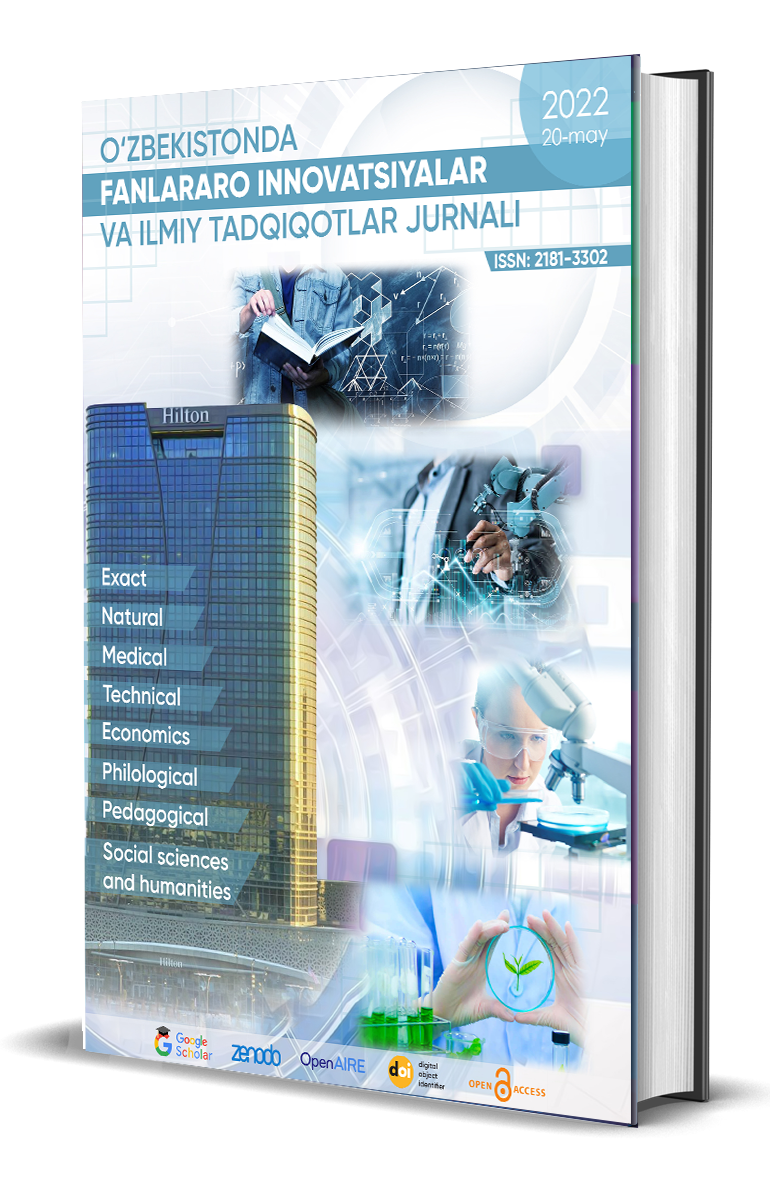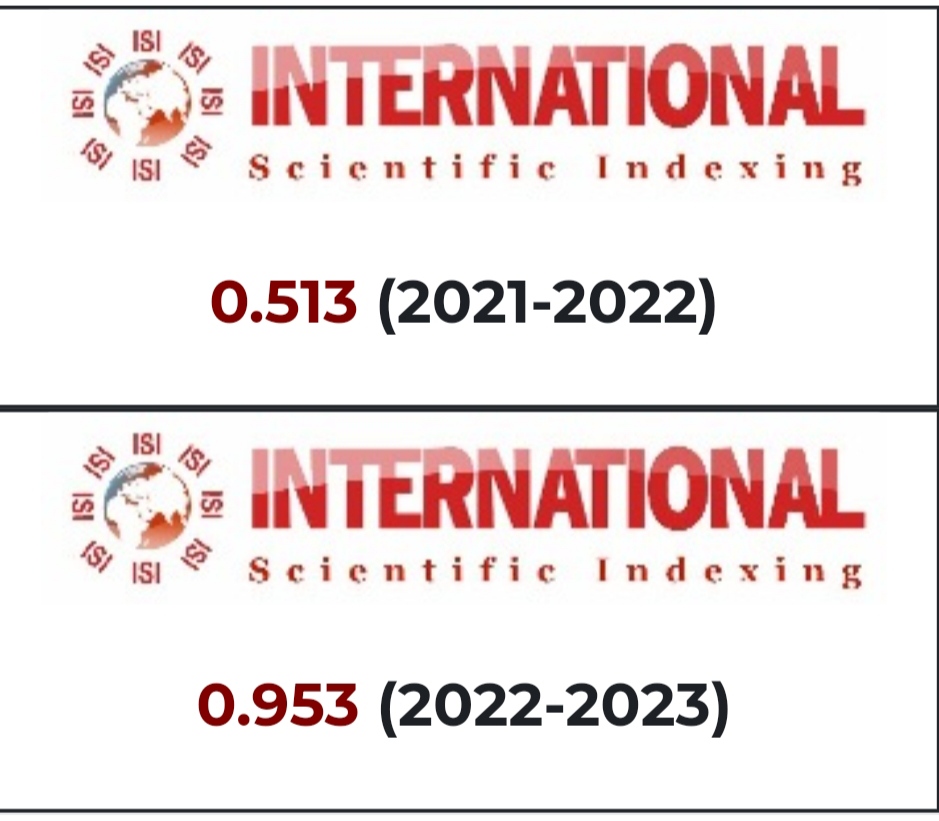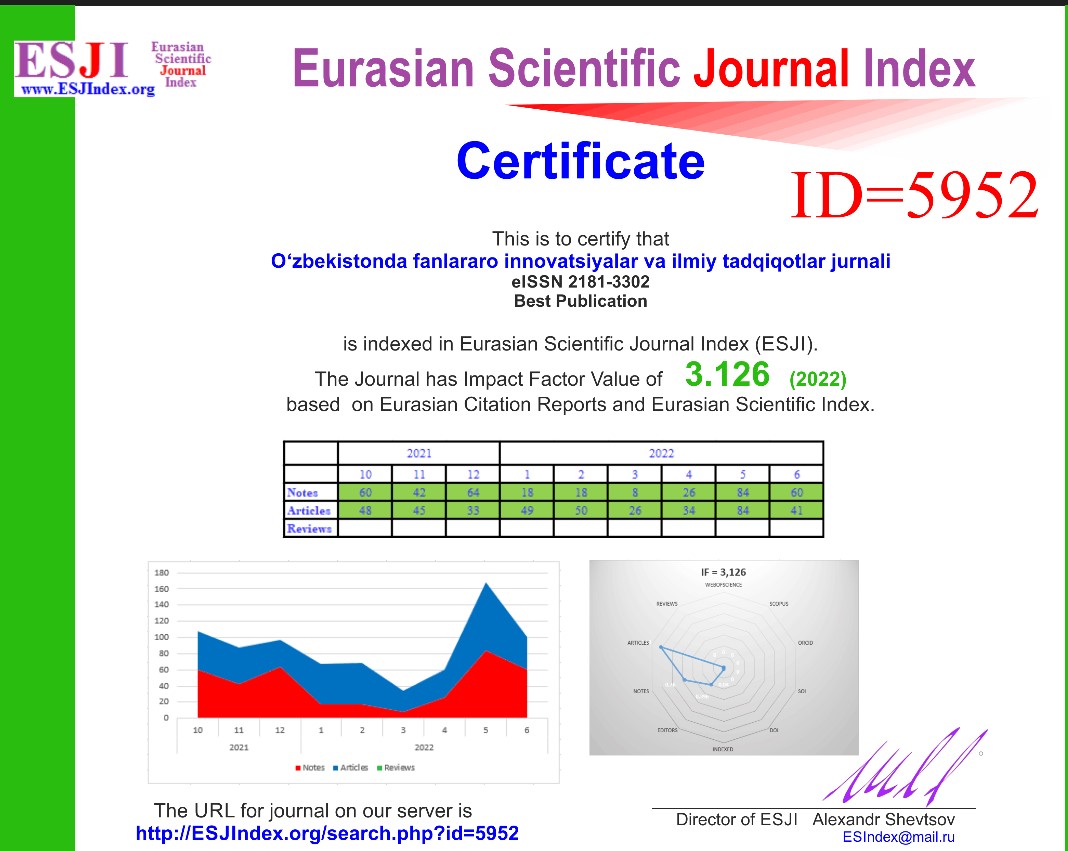ENGLISH NEOLOGISMS IN THE UZBEK LANGUAGE: LINGUISTIC BORROWING, SOCIO-CULTURAL IMPLICATIONS, AND EDUCATIONAL CONSIDERATIONS IN THE 2000S
Abstract
The integration of English neologisms into the Uzbek language exemplifies the dynamic and multifaceted interaction between global languages in today's interconnected world. This article delves into the complex processes of linguistic borrowing and neologism formation, exploring their profound socio-cultural, technological, and educational implications for Uzbek language development in the 2000s. Drawing on established theoretical frameworks such as language contact and lexical borrowing, the study provides a comprehensive examination of how English neologisms undergo adaptation and integration into the Uzbek lexicon. This analysis not only highlights the mechanisms of linguistic evolution but also underscores the cultural assimilation dynamics at play, illuminating the transformative impact of global linguistic exchanges on Uzbek society and communication practices.
References
Aitchison, J. (2001). Language Change: Progress or Decay? Cambridge University Press.
Aronoff, M., & Fudeman, K. (2011). What is Morphology? John Wiley & Sons.
Crystal, D. (2008). A Dictionary of Linguistics and Phonetics. John Wiley & Sons.
Dörnyei, Z. (2005). The Psychology of the Language Learner: Individual Differences in Second Language Acquisition. Lawrence Erlbaum Associates.
Ellis, N. C. (2008). Understanding Second Language Acquisition. Oxford University Press.
Hamavand, Z. (2011). Language and Linguistics: The Key Concepts. Routledge.
Haspelmath, M. (2002). Understanding Morphology. Oxford University Press.
Long, M. H. (1996). The Role of the Linguistic Environment in Second Language Acquisition. In W. C. Ritchie & T. K. Bhatia (Eds.), Handbook of Second Language Acquisition (pp. 413-468). Academic Press.
Matras, Y. (2009). Language Contact. Cambridge University Press.
Maley, A., & Duff, A. (2005). Drama Techniques in Language Learning: A Resource Book of Communication Activities for Language Teachers. Cambridge University Press.
Pavlenko, A. (2006). Bilingual Minds: Emotional Experience, Expression, and Representation. Multilingual Matters.
Richards, J. C., & Rodgers, T. S. (2001). Approaches and Methods in Language Teaching. Cambridge University Press.
Salmon, V. (2000). Introduction to the Study of Language. Routledge.
Thornbury, S. (2005). How to Teach Speaking. Pearson Education.
Weinreich, U. (1953). Languages in Contact: Findings and Problems. Mouton de Gruyter.











